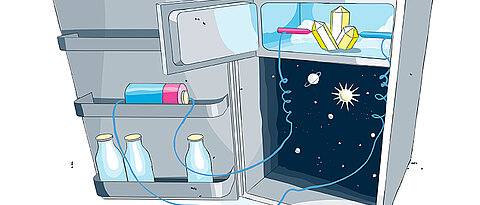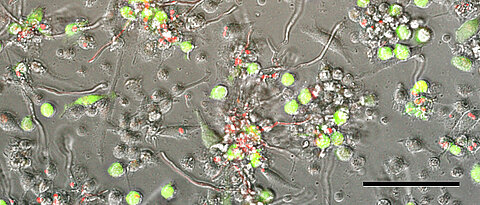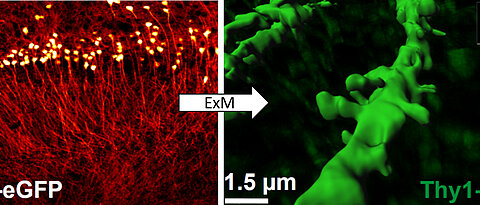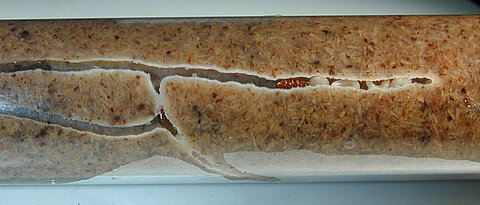Freeze Like a Star
11/27/2020
A new web exhibition of the Würzburg-Dresden Cluster of Excellence ct.qmat – Complexity and Topology in Quantum Matter explores the mysteries of the quantum world.
more











